The green transformation of the MENA region was discussed at the session titled “Low Emission Steelmaking and Regional Opportunities” held in Cairo and moderated by Karim Badr, Technical Director of Ironmaking at RHI Magnesita. The session featured Soroush Basirat from the Institute for Energy and Financial Analysis (IEEFA), Robert Montgomery from Midrex Technologies, Leonardo Tamez from Tenova HYL, Fabio Muscolino from SMS Group and Manal Al Badawi from EMSTEEL Group.
Soroush Basirat, Energy Finance Analyst at IEEFA, highlighted the key structural challenges and technological requirements that the MENA (Middle East and North Africa) region faces in the green transformation. Pointing to the intensive use of natural gas in electricity generation, Basirat stated that the average carbon intensity in the region is 634 gCO₂/kWh. Emphasizing that this value is 25% higher than the world average and about three times higher than the European Union, Basirat said, “The same Electric Arc Furnace (EAF) emits three times more carbon when used in MENA than in the EU.”
World Leader in DRI Production
Soroush Basirat; Although the MENA region accounts for less than 4% of global crude steel production, it is the world's leading center for natural gas-based direct reduced iron (DRI) production. In 2023, the region accounted for 45% of global DRI production, reaching a production volume of 61 million tons. This represents an increase of 11% compared to 2021. This production model based on the DRI-EAF combination shows that the region has a natural advantage in low-emission steel production. Iran leads the region in both DRI and crude steel production, followed by Saudi Arabia and Egypt. Iran will also account for 3.2% of global DRI capacity by 2023 with its self-developed PERED technology."
Basirat said that industrial-scale electric process gas heater technology capable of exceeding 900 °C is being tested at EMSTEEL in cooperation with Kanthal and that this solution has the potential to reduce natural gas dependency in the steel industry. Direct emissions in heating processes can be reduced by electrification, but the reduction process can only be substituted by green hydrogen, he said.
However, noting that the vast majority of green hydrogen projects in the region are planned for export, Basirat said that the lack of sufficient hydrogen for domestic consumption and domestic industry is a strategic shortcoming. “Green steel is not green if it runs on fossil fuels,” Basirat concluded his presentation, emphasizing that MENA's high renewable energy potential can be transformed into real green transformation with the right policies.
Strong Supply Chain in Raw Materials
MENA producers have an established supply chain for high-quality iron ore pellets. Iran stands out in concentrate and pellet production, while Oman and Bahrain produce pellets from concentrate imported from Brazil. Most of these pellets are consumed within the region. Brazil, Sweden and Canada are among the main suppliers of iron ore pellets to MENA.
Vale aims to increase its local capacity with mega centers in Oman, Saudi Arabia and the UAE. The 9 Mtpa Vale Oman pelletizing plant at Sohar Port will be fully powered by renewable electricity by 2030, achieving a 33% reduction in Scope 1-2 emissions.
Slow Start in Green Hydrogen
MENA has many large-scale projects to produce hydrogen needed for green iron and steel production. However, only 1% of these projects have reached a final investment decision. EMSTEEL is currently the only producer in the region operating a green hydrogen pilot plant.
Regional Leaders and Renewable Energy Breakthroughs
EMSTEEL has expanded its use of clean and renewable energy, reaching 86% at Emirates Steel. Emirates Steel used 1,469 GWh (70%) from nuclear energy certificates and 637 GWh (30%) from solar energy certificates.
MSC, Mobarakeh Steel Company, the largest steel producer in the MENA region, is building Iran’s largest solar power plant to meet part of its electricity needs. The facility, which will have a total capacity of 600 MW, completed its first phase in October 2024 and reached a capacity of 20 MW.
Vale Oman’s 9 Mtpa pelletizing plant in Sohar Port will operate on renewable electricity by 2030, leading to a 33% reduction in Scope 1 and 2 emissions.
According to OECD data, the MENA region's steel production capacity increased by 25.6% between 2018 and 2023, making it the fastest-growing region globally. This capacity is expected to grow by an additional 12% to 19.2% by 2026. With its established infrastructure and natural advantages, the region has significant potential to supply green steel to major markets such as Europe and Asia.


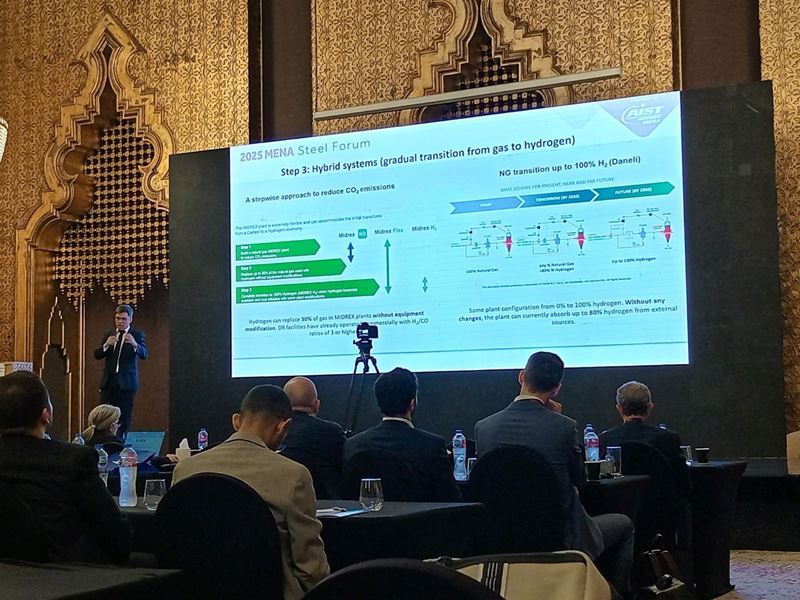
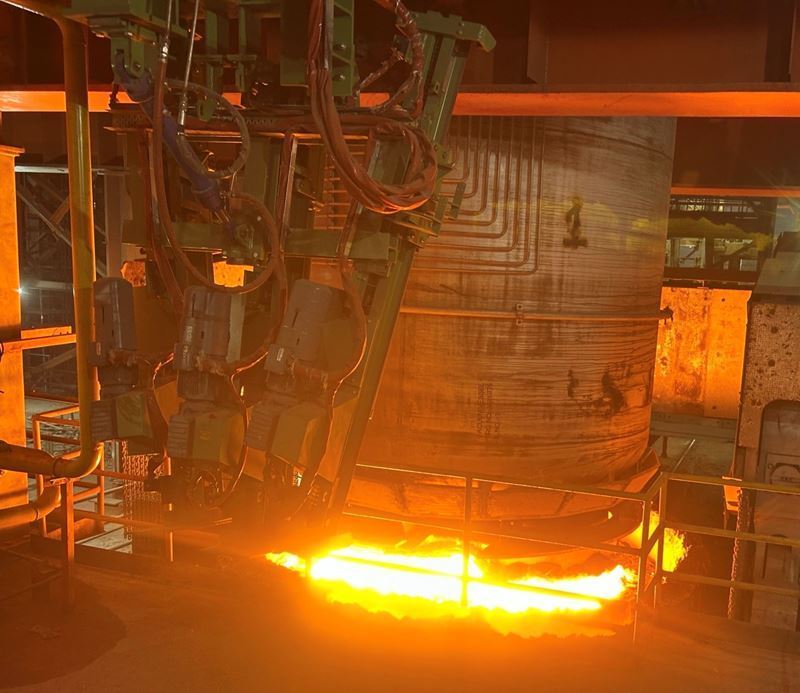
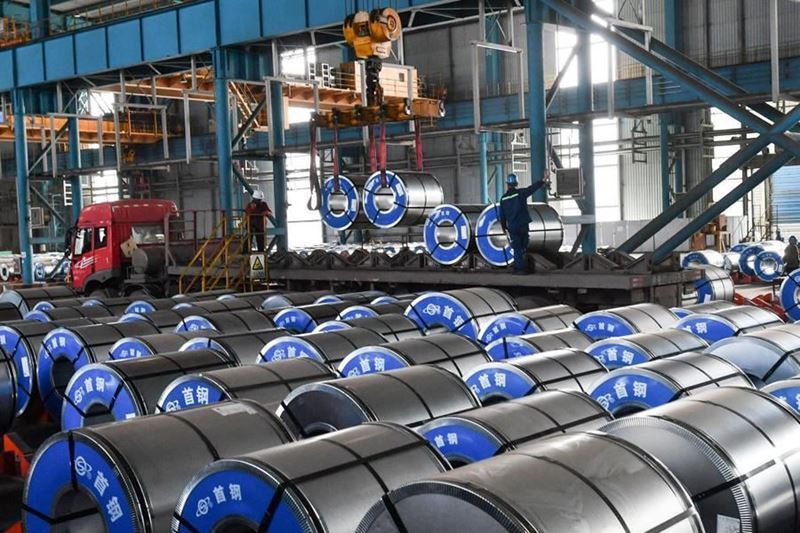
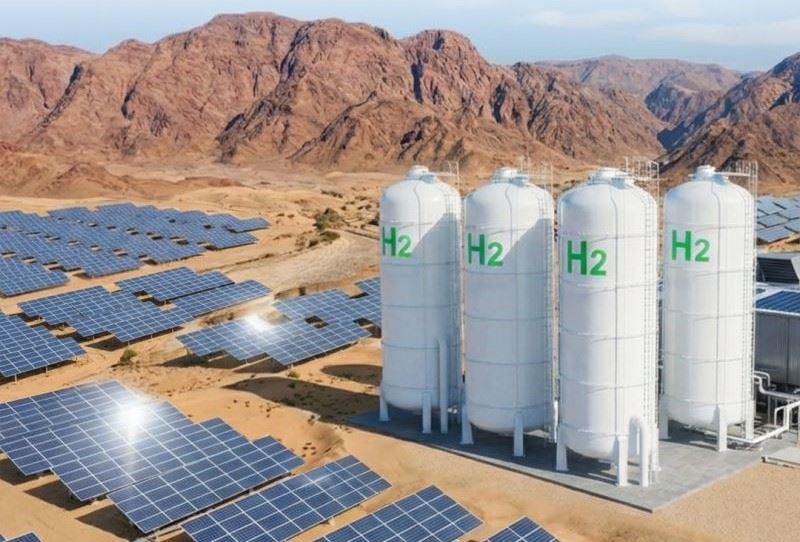
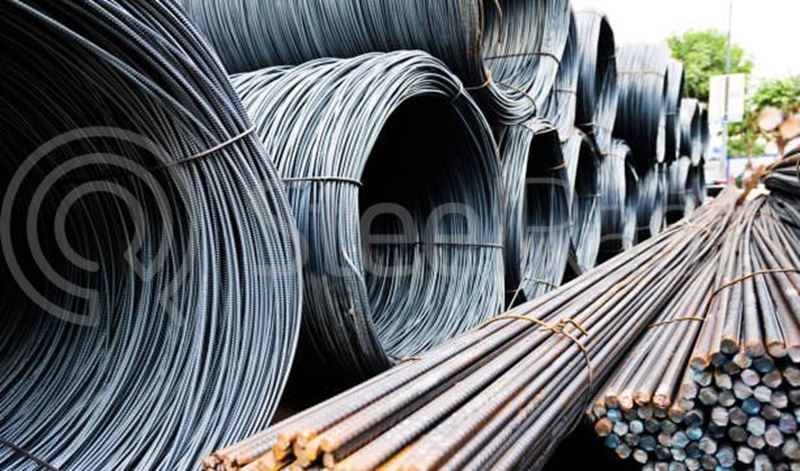
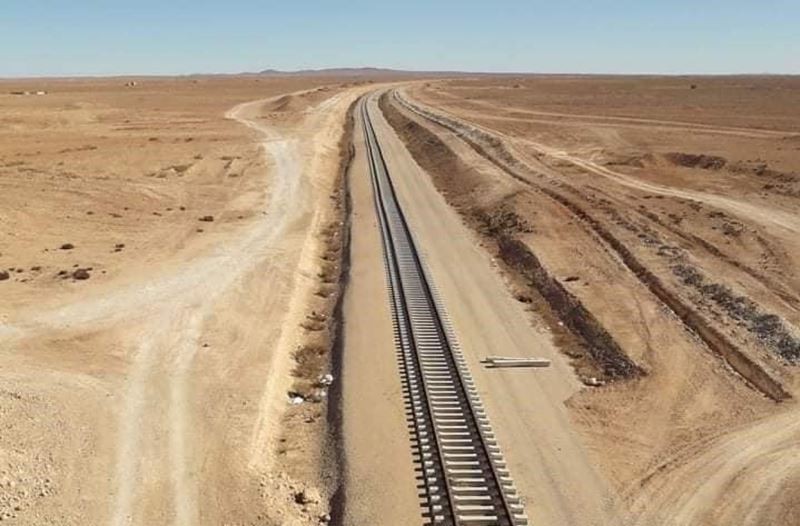

Comments
No comment yet.